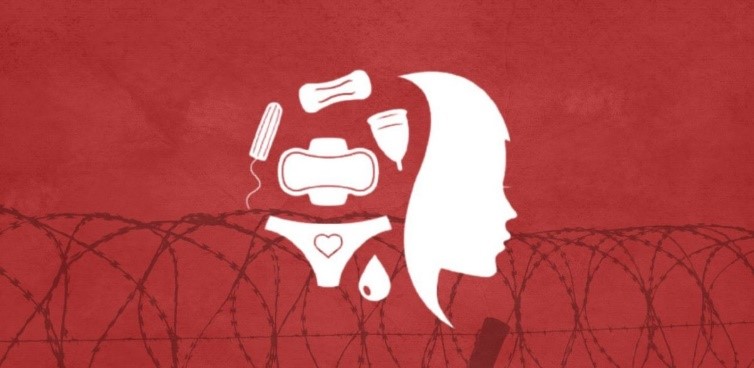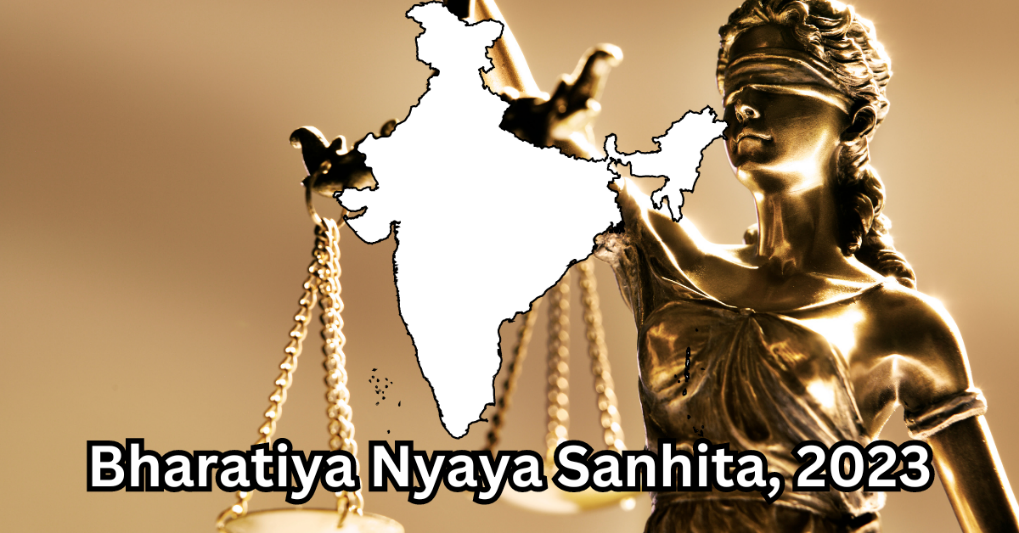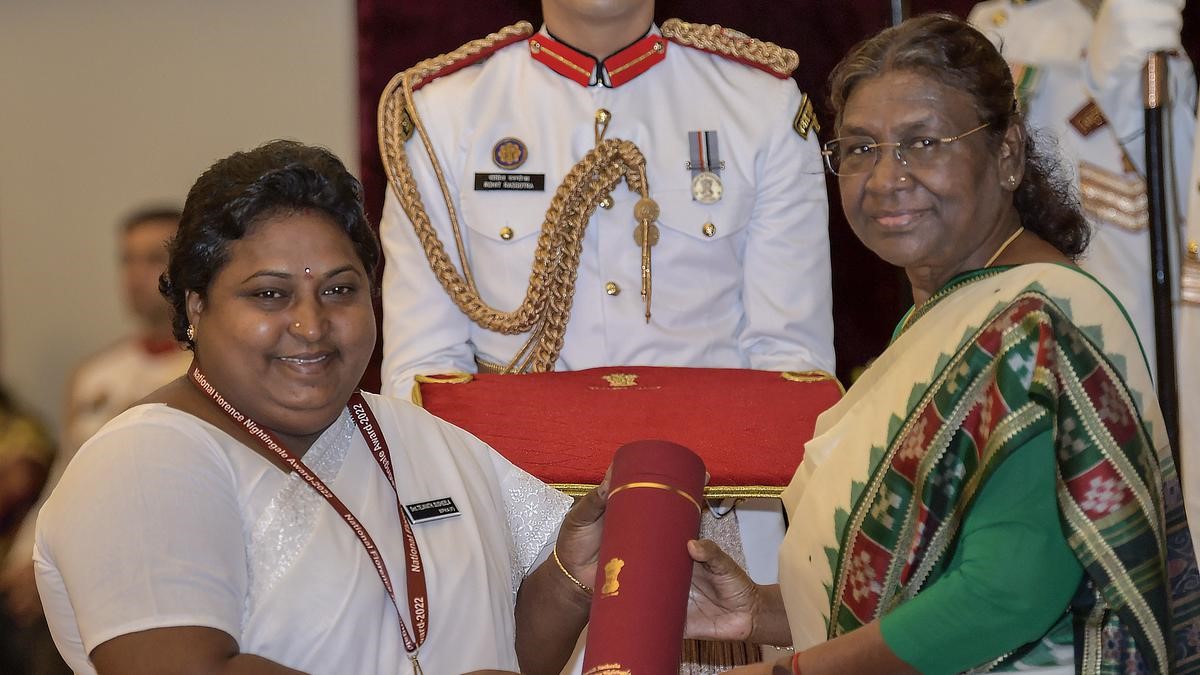Description

Disclaimer: Copyright infringement not intended.
Context
- India has elected 74 women MPs to Lok Sabha this year, four fewer than in 2019 and 52 more than in India’s first elections in 1952.
- These 74 women make just 13.63% of the elected strength of the Lower House, much less than the 33% that will be reserved for women after the next delimitation exercise.
Slow change
- Over the years, Lok Sabha’s gender composition has shown a general trend towards increasing women’s representation. But progress has been slow and not linear.

- In 1952, women made up just 4.41% of the strength of the Lower House. This number increased to more than 6% in the election held a decade later, but again dipped to below 4% in 1971 (with Indira Gandhi, India’s first and only woman Prime Minister, at the helm).
- Since then, there has been a slow, but steady rise in women’s representation (with a few exceptions), which crossed the 10% mark in 2009, and peaked in 2019 at 14.36%.
- India still lags behind several countries — 46% of MPs in South Africa, 35% in the UK, and 29% in the US, are women.

2024 Elections: Candidates’ composition
- Out of the total 8,360 candidates, who stood in the 2024 Lok Sabha elections, just around 10% were women.
- This number too has increased over time — it stood at 3% in 1957.
- This is the first time that women candidates’ proportion touched 10%.
- Roughly 16% of BJP’s candidates were women, as opposed to 13% of Congress candidates — both higher than the overall average.
Successes in Women’s Participation in Local Politics
Background and Constitutional Amendments
- Third Tier of Government: India has a third tier of government at the local level comprising municipalities or municipal corporations in cities and towns, and Panchayati Raj Institutions (PRIs) in rural areas.
- 73rd and 74th Amendments: Introduced in 1992 to enhance local level planning, implementation, and monitoring of various social and economic development programs.
- Reservation for Women: These amendments reserved one-third of the total seats in local body elections for women.
Impact of Reservations
- Increased Participation: The reservation policy led to a significant rise in the political participation of women at the local level.
- Enhanced Representation: 20 of India’s 28 states have increased the reservation to 50 percent.
Reduction in Proxy Representation
- Decline in Proxy Control: There has been a decrease in 'proxy representation' where elected women were controlled by male family members.
- Skill Development Programs: Various government and NGO-led skills development and leadership training programs have improved the performance of elected women leaders.
Challenges in Women’s Representation in National and State Legislatures
Societal and Structural Barriers
- Low Representation: Despite increased participation at the local level, female representation in Parliament and state legislatures remains low.
- Societal Prejudices: Prejudices, male-dominated party structures, family obligations, and resource scarcity hinder greater participation.
- Structural Hindrances: Structural barriers impede women’s ability to contest and win in parliamentary or state assembly elections.
Inaccessibility of Institutions
- Party Ticket Distribution: Getting a party ticket is essential, but the process is centralized and often excludes women.
- Dynastic Politics: Many women who receive party tickets have family political connections, with 41% of women candidates in the 2019 Lok Sabha elections being 'dynasts'.
Performance and Perception
- Perceived Electability: There is a belief that women are less likely to win elections, leading to fewer party tickets for women.
- Actual Performance: Data shows women candidates have equal or higher chances of winning compared to men.
- Legislative Performance: Studies indicate women legislators perform better on economic indicators and are less likely to be criminal or corrupt.
Non-congenial Structural Conditions
- Campaign Demands: Election campaigns are demanding, and family commitments often limit women’s full participation.
- Hostile Environment: Women face humiliation, abuse, and threats, making it challenging to participate.
- Financial Barriers: Campaign financing is a significant obstacle as many women lack financial independence.

The Case for Institutional Reforms
Legislative Reforms
- Party Ticket Mandate: Amend the Representation of People Act, 1950, to require political parties to allocate one-third of tickets to women.
- Women's Reservation Bill: Revive the Women’s Reservation Bill 2008 to mandate one-third of parliamentary and state assembly seats for women.
Challenges to Reforms
- Political Consensus: Achieving consensus on these reforms is challenging due to structural issues and opposition within political parties.
- Inclusive Representation: Ensure reserved tickets are not disproportionately allocated to women from affluent or politically connected backgrounds.
Conclusion
Progress and Future Directions
- Increasing Participation: Despite challenges, women’s political participation is increasing alongside higher education levels and financial independence.
- Institutional and Social Transformation: Institutional reforms and social transformation are necessary to enhance women’s political representation.
- Role of Women’s Organizations: Continued efforts from women’s organizations and networks within political parties and civil society are essential to assert women’s presence in politics.
- Inclusive Democracy: Greater representation of women in Parliament and state assemblies is crucial for an inclusive and representative democracy in India.
MUST READ ARTICLES:
GENDER AND POLITICAL INCLUSION: https://www.iasgyan.in/blogs/gender-and-political-inclusion
WOMEN’S RESERVATION: https://www.iasgyan.in/daily-current-affairs/womens-reservation#:~:text=Present%20status%20of%20Women%20in%20Parliament&text=In%20the%20Rajya%20Sabha%2C%20women,than%20in%20many%20other%20nations.
|
PRACTICE QUESTION
Q. Despite various legislative measures and policies aimed at enhancing women's participation in politics, their representation in Indian political institutions remains significantly low. Discuss the reasons for this disparity and suggest measures to improve women's political participation in India.
|
SOURCE: THE INDIAN EXPRESS















